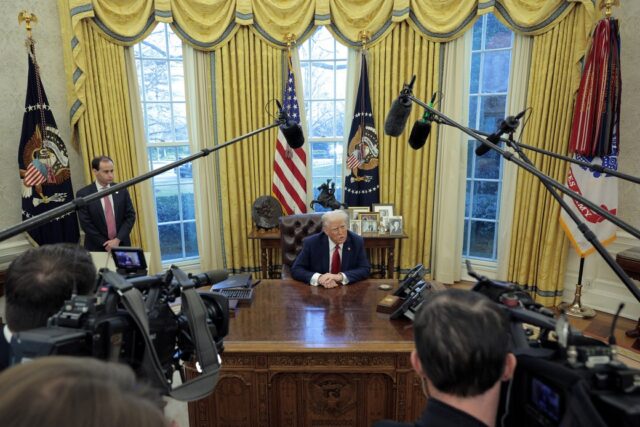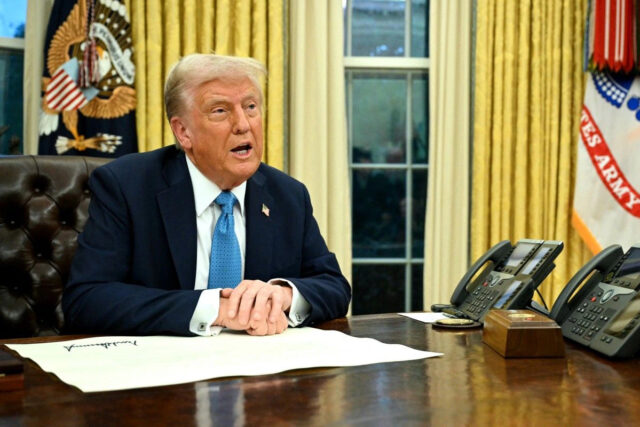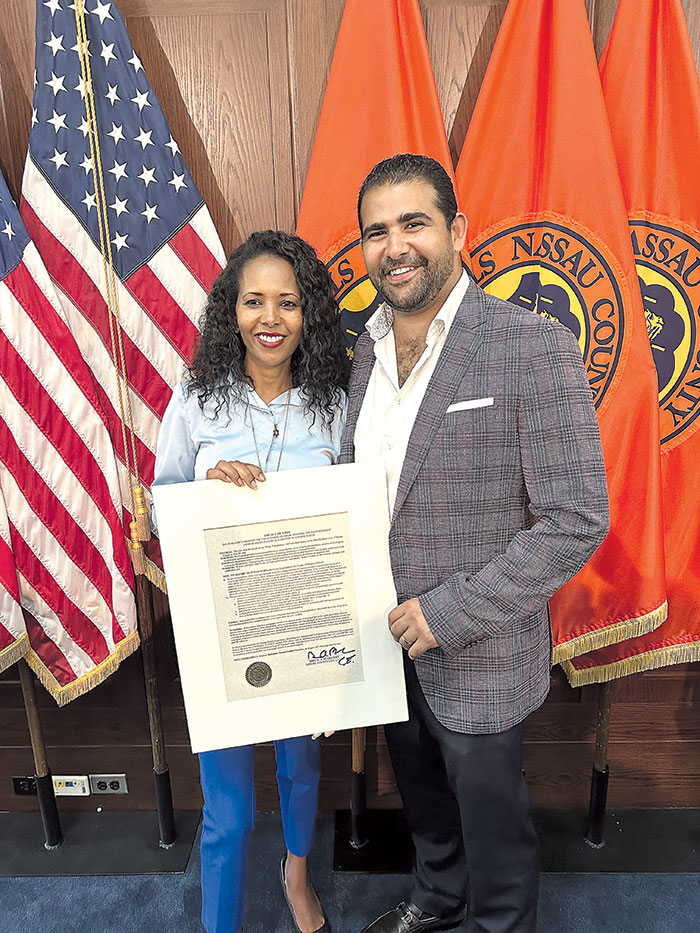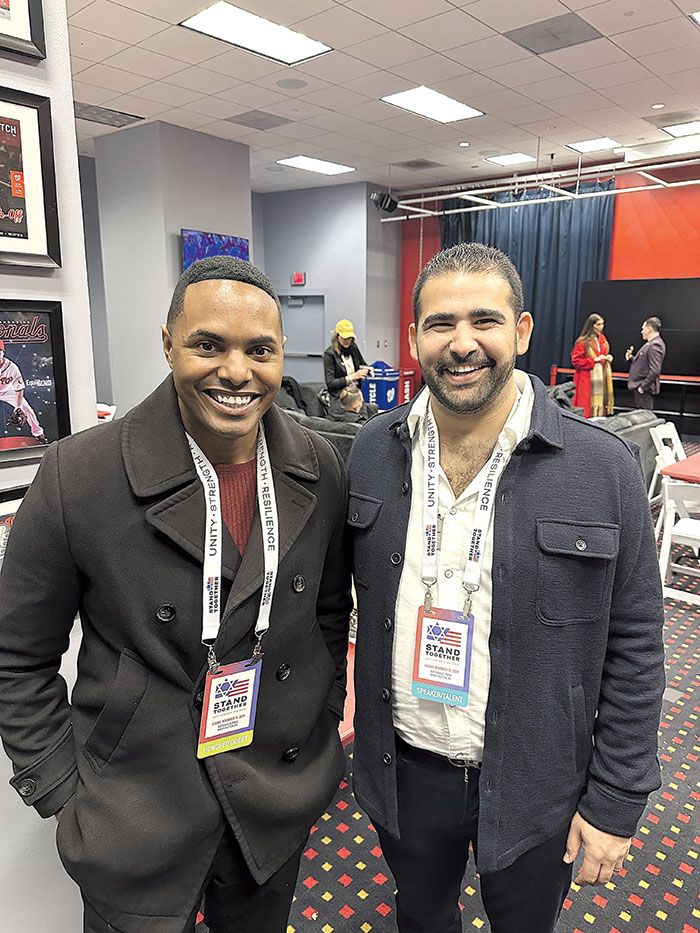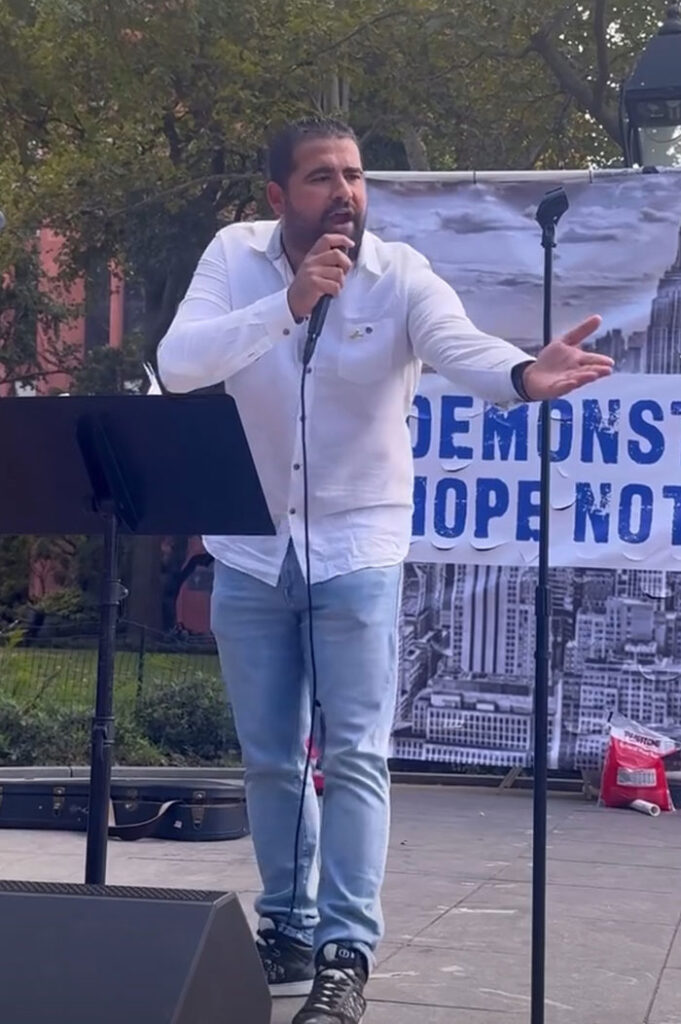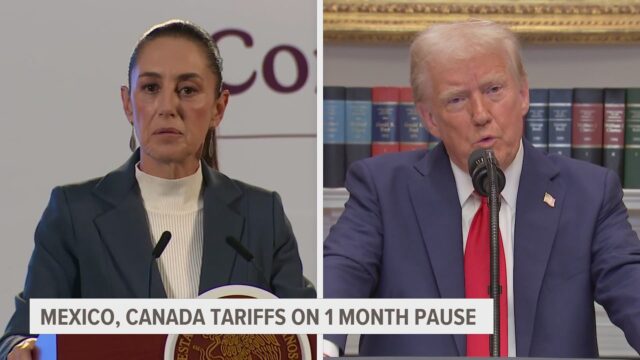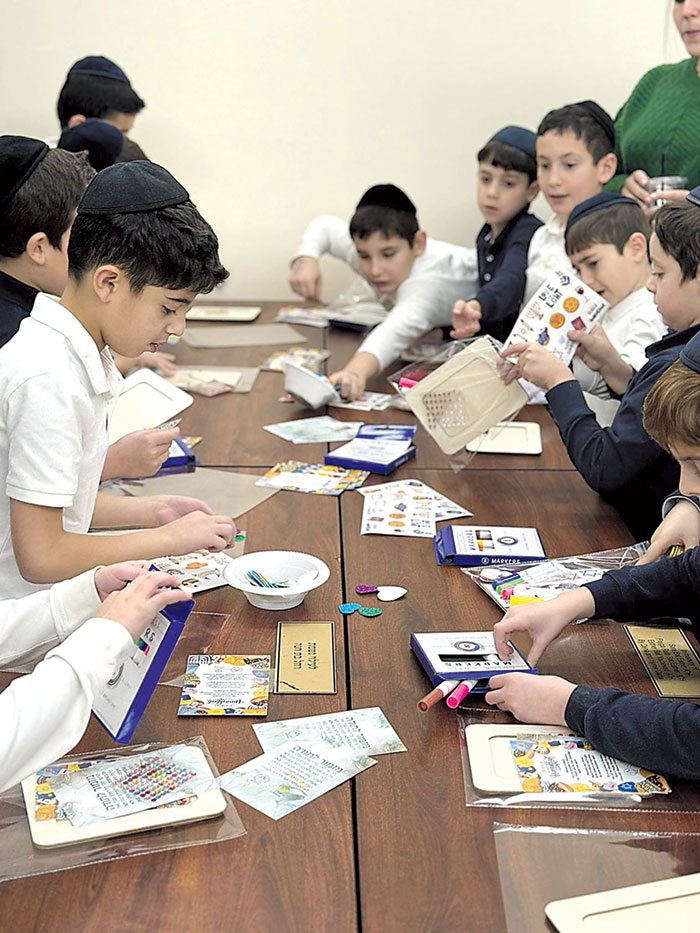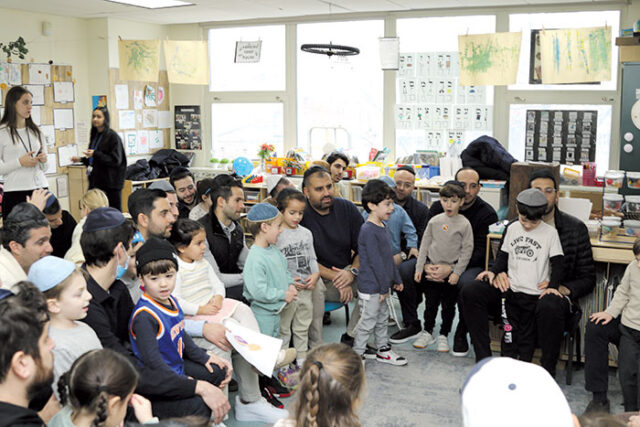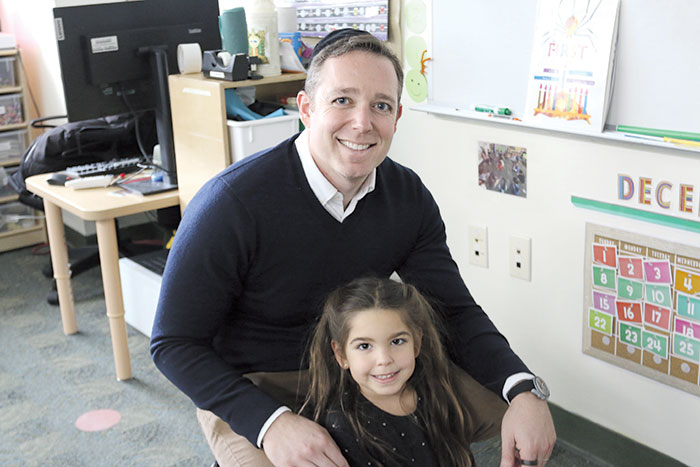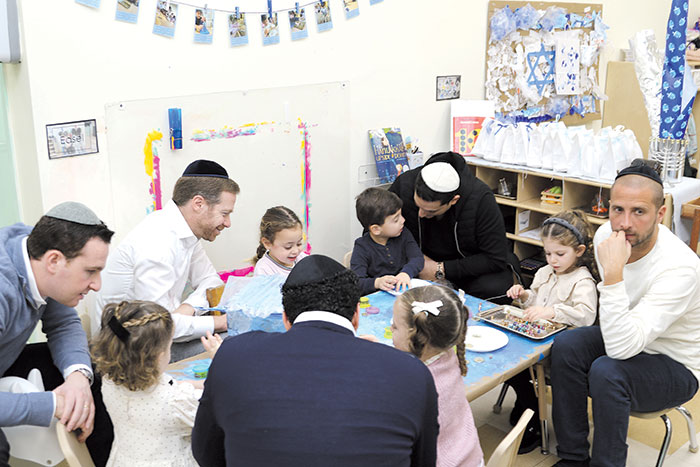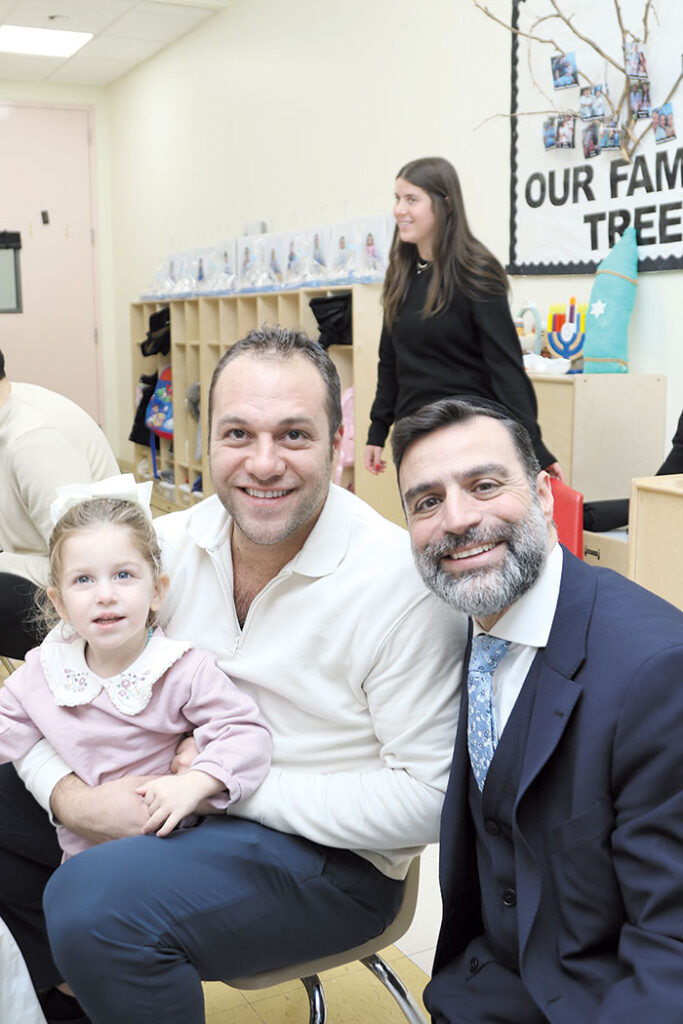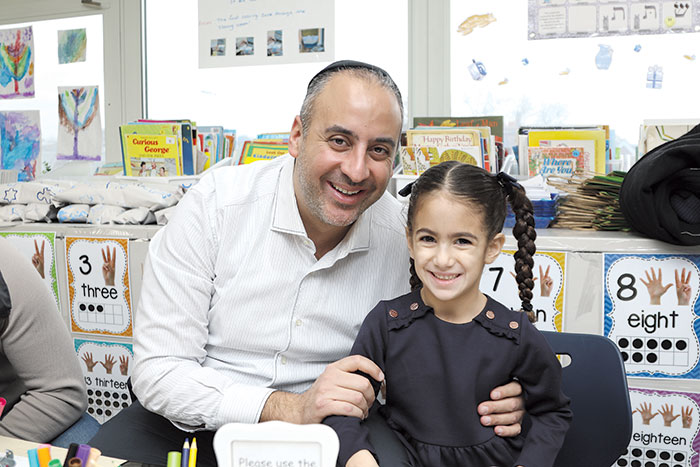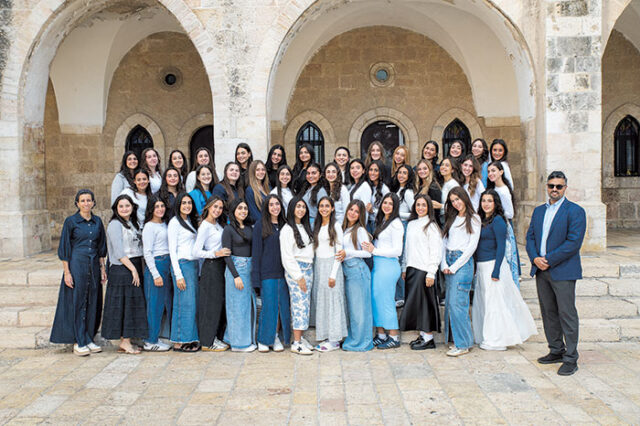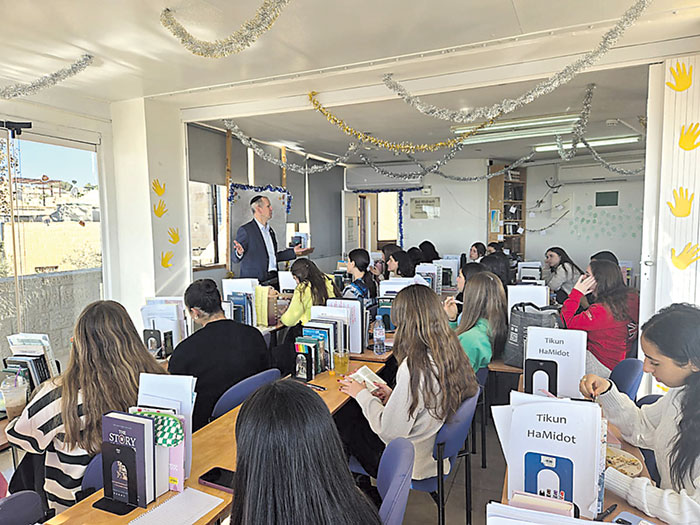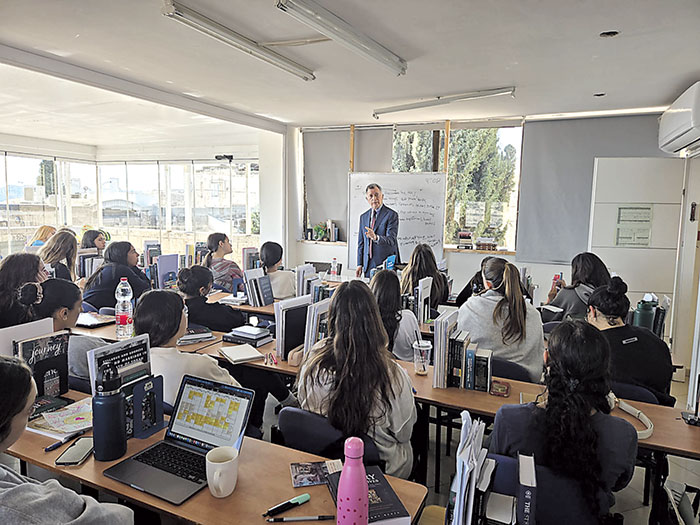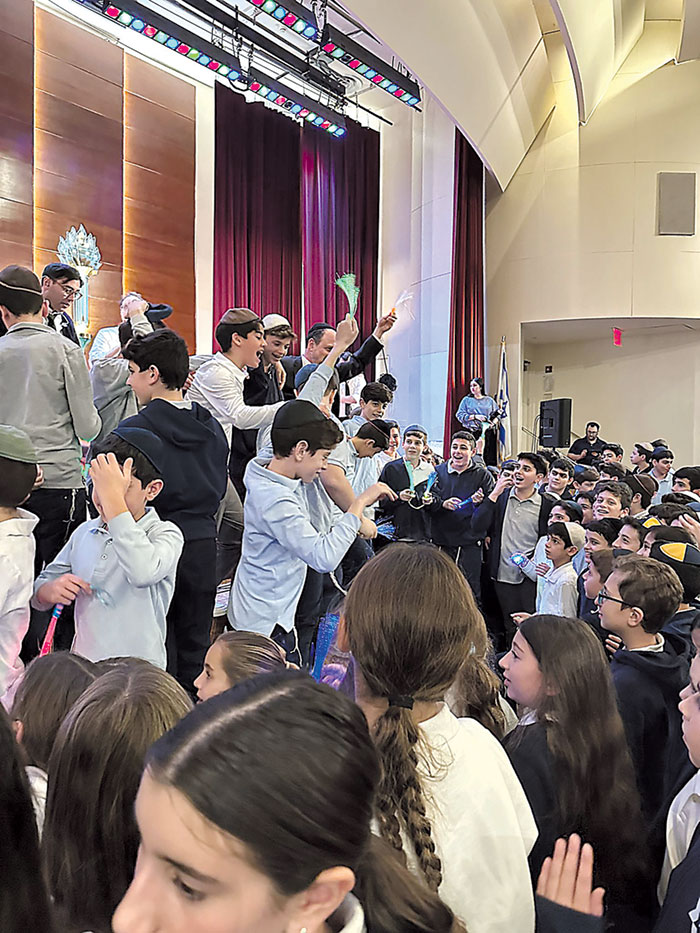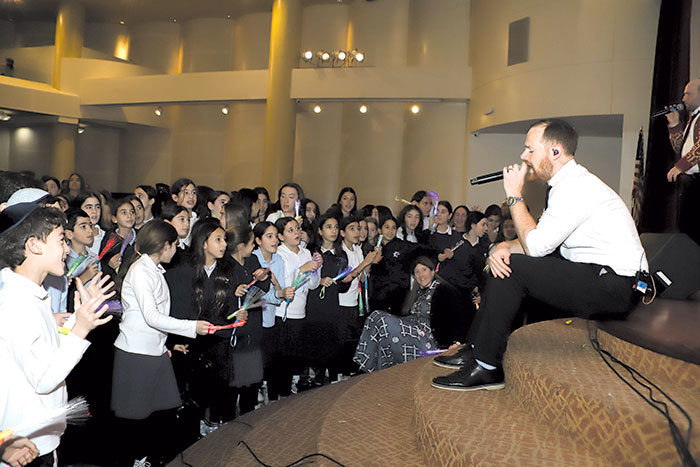Google Shifts Stance on AI Ethics, Drops Pledge to Avoid Weapons and Surveillance

In a significant update to its artificial intelligence (AI) ethical guidelines, Google has removed its previous commitment not to apply AI technology to weapons or surveillance. This change, announced on Tuesday, comes as the tech giant reassesses its position in light of the expanding role AI plays globally, especially as competition intensifies for leadership in the field.
Previously, Google’s AI principles explicitly outlined four key areas it would avoid: weapons, surveillance, technologies that could cause overall harm, and uses that violated international law and human rights. However, these restrictions have now been lifted, signaling a shift in the company’s approach to AI in national security and defense sectors.
Revised AI Principles: Acknowledging the Changing Landscape
Google’s updated AI principles were explained in a blog post by Demis Hassabis, the head of AI, and James Manyika, senior vice president for technology and society. They stated that the company had updated its principles due to the widespread adoption of AI and the growing need for companies in democratic countries to serve national security clients. In the increasingly complex geopolitical landscape, Google emphasized the importance of democratic nations leading AI development, guided by values such as freedom, equality, and respect for human rights.
“We believe democracies should lead in AI development, guided by core values like freedom, equality, and respect for human rights,” the executives wrote. “Companies, governments, and organizations sharing these values should work together to create AI that protects people, promotes global growth, and supports national security.”
The updated principles include provisions to ensure that AI technologies are tested and monitored to prevent unintended harmful outcomes. They also highlight the importance of human oversight and feedback in ensuring that AI is applied in alignment with international law and human rights standards.
Historical Context and Shift in Policy
This update marks a notable departure from Google’s past stance on the use of AI in national defense. In 2014, when Google acquired DeepMind, co-founded by Hassabis, the agreement included a commitment that its AI technology would not be used for military or surveillance purposes. However, as AI’s role in global defense and security has become more prominent, Google’s earlier position increasingly put it at odds with other leading tech companies, such as Microsoft and Amazon, who have long worked with the U.S. Department of Defense.
The announcement comes on the heels of similar moves by other AI companies. Last year, OpenAI, the maker of ChatGPT, partnered with defense contractor Anduril to develop technology for the Pentagon. Similarly, Anthropic, the maker of Claude, formed a partnership with Palantir to provide AI services for U.S. intelligence and defense agencies.
Geopolitical and Market Implications
The policy change by Google highlights the growing intersection of AI and national security, as the U.S. government and its tech companies explore how AI can be responsibly deployed for defense purposes. Michael Horowitz, a political science professor at the University of Pennsylvania, noted that Google’s decision aligns with a broader trend of increasing collaboration between the tech sector and the U.S. military.
“It makes sense that Google has updated its policy to reflect the new reality,” said Horowitz, referencing the increasing importance of AI and robotics within the U.S. military. The evolving landscape of AI development suggests that technology companies will be increasingly required to balance ethical considerations with national security needs.
However, not everyone agrees with this shift. Lilly Irani, a professor at the University of California at San Diego, criticized Google’s move, suggesting that it was more of a continuation of the tech industry’s alignment with U.S. national interests, rather than a genuine ethical shift. She pointed out that Google’s original AI principles had already claimed the company would respect international law and human rights, but the enforcement of such promises has often been inconsistent.
The Pushback from Google Employees
The update also comes in the wake of protests by Google employees against the company’s involvement in military contracts. In 2018, Google employees pushed back against the company’s involvement in Project Maven, a Pentagon contract that used AI to analyze drone footage. Following the backlash, Google chose not to renew the contract, marking a significant moment in the company’s AI development history.
Additionally, some Google workers have expressed concerns about ongoing cloud contracts with Israel, fearing that AI technologies could be used to further policies that harm Palestinians. Internal documents have shown that Google provided Israel’s Defense Ministry and the Israel Defense Forces with greater access to its AI tools in the wake of the October Hamas attacks.
Global AI Tensions and Strategic Alliances
The timing of Google’s update is also notable given the escalating tensions between the U.S. and China over AI dominance. Following President Trump’s tariffs on Chinese imports, Beijing launched an antitrust probe into Google and retaliated with tariffs on U.S. goods. This geopolitical friction has further emphasized the importance of AI in international power dynamics, with China’s AI capabilities, including start-up DeepSeek, challenging the U.S.’s lead in the field.
As the competition for AI leadership intensifies, Google’s policy shift reflects a broader trend of tech companies adjusting their ethical stances to reflect the reality of global power struggles and national security demands. The evolving role of AI in defense, surveillance, and global growth will continue to shape the relationship between technology companies and governments, raising important questions about the ethical implications of this powerful technology.
Source: The Washington Post

